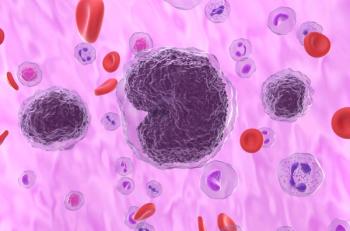
Psychological Treatment Reduces Headache Frequency, Study Finds
A group of researchers systematically reviewed previously published literature about psychological treatment in primary headache and its effectiveness. The results were published in The Journal of Headache and Pain.
Chronic headache, defined as headaches occurring more than 180 days per year, has been reported by the Eurolight Project to have a 1-year prevalence rate of 4.0% across Europe. In fact, according to the World Health Organization (WHO), migraine is the leading cause of global burden of disease in adults aged 15 to 49 years.
A group of researchers systematically
The authors included 27 randomized clinical trials in their systematic review. The primary outcome was the number of headache days per month a patient would experience. Secondary outcomes included the number of headaches experienced by patients per week, headache index, treatment response rate, and migraine disability assessment.
Overall, the investigators found that psychological treatments showed “significant superiority,” over placebo (pooled mean difference = —0.70, 95% CI [–1.22, -0.18] P = .01) in terms of achieving primary outcomes. The authors also noted that, “According to type of headache, studies that restricted the sample to migraine significantly favored psychological treatment over placebo with pooled mean difference of —0.59 (95% CI [–1.12, –0.05]).”
Headache index was analyzed in 2 ways: mean difference of headache index score and proportion of those who responded to treatment. The pooled mean difference of change in headache index score was —0.92 (95% CI [–1.40, –0.44], P <.001), favoring the psychological treatment group over the control group. The study also found that treatment response was more prevalent in the psychological treatment arm than the control group, with a pooled response rate of 3.13 (95% CI [2.24, 4.37], P <.001). Though not statistically significant, results also showed that disability due to headache favored the psychological treatment group over the control group, as well.
In total, the results showed that psychological treatment reduced headache frequency and the suffering from headaches as measured by the headache index. Investigators recommend that psychological treatment can be safely considered as a possible option for the management of primary headache as a monotherapy for some patients, and in combination with other treatments in other patients.
Future studies should focus on “building more concrete evidence and making clearer recommendation,” as well as “standardiz[ing] outcome measures and strategies to reduce bias, such as pseudo-treatment for control groups,” the authors noted.
Reference
Jeong Lee H, Hyeok Lee J, Young Cho E, Mi Kim S, Yoon S. efficacy of psychological treatment for headache disorder: a systematic review and meta-analysis [published online February 14, 2019]. J Headache Pain. doi.org/10.1186/s10194-019-0965-4
Newsletter
Stay ahead of policy, cost, and value—subscribe to AJMC for expert insights at the intersection of clinical care and health economics.













































